Epipremnum Pinnatum – Cebu Blue Pothos
£15.99 Original price was: £15.99.£11.19Current price is: £11.19.
- Shop with ease, buy with confidence.
- Shop with Ease
- Buy quality, buy with us.
- Protect Your Wallet with Safe Payments

Bring a touch of the tropics to your home with the stunning Cebu Blue Pothos. This sought-after Epipremnum variety is known for its unique silvery-blue foliage, which is almost metallic in appearance. As the plant matures, its leaves develop delicate fenestrations, or splits, that enhance the plant’s ethereal look even further.
Epipremnum pinnatum – Cebu Blue Pothos Care & Info Guide
Horty Hints
Will Wane When Wet! These plants don’t like too much water. If you notice leaves yellowing, tipping or leaf spotting, allow the soil to become dry to the touch before watering again.
Tame the Tipping! If several leaves start to go brown on the tips, lay off the watering. Pothoses prefer to be on the slightly drier side, so only water when the top of the soil has dried out.
Iron out the Kinks! This plant’s leaves will curl when its thirsty. A little water will go a long way, however if you are watering and the plant still curls, it could be a root rot issue.

Light
Epipremnum pinnatum prefers medium indirect light conditions. Avoid exposing them to too much direct sunlight as this can burn the leaves.

Watering
This plant is drought tolerant but for best results, water your Pothos when the soil becomes slightly dry. Too much water will kill the plant.

Temperature
Cebu Blue Pothos is happy in normal room temperatures: from 15-24°C. Avoid draughts as these can create undesirable temperature fluctuations.

Humidity
This Epipremnum prefers increased levels of humidity but will tolerate normal conditions. Consider relocating to a steamier room like the bathroom or kitchen for an added boost.

Feed
Apply a weak general-purpose fertiliser during the summer months.

Height & Growth Rate
Moderate to slow-growing and can trail up to 3m. Cut back to maintain desired length. Please note smaller plants such as those in 12cm grow pots are young cuttings and not fully established plants.

Toxicity
Cebu Blue Pothos is mildly toxic to humans and harmful to pets. Keep away from children and animals.

Origin
Epipremnum pinnatum is native to Tropical and subtropical Asia to the Pacific.
| SIZE: Pot Diameter x Total Height | 12 x 20cm, 15 x 35cm, 17 x 40cm |
|---|
Be the first to review “Epipremnum Pinnatum – Cebu Blue Pothos” Cancel reply
Related products
HOUSEPLANT STYLES
HOUSEPLANT STYLES
HOUSEPLANT STYLES
Ficus Elastica Abidjan – Burgundy Rubber Plant – Straight Stem
HOUSEPLANT STYLES
HOUSEPLANT STYLES
HOUSEPLANT STYLES
HOUSEPLANT STYLES
Schefflera Arboricola Gold Capella – Dwarf Umbrella Tree – Twisted Stem
HOUSEPLANT STYLES



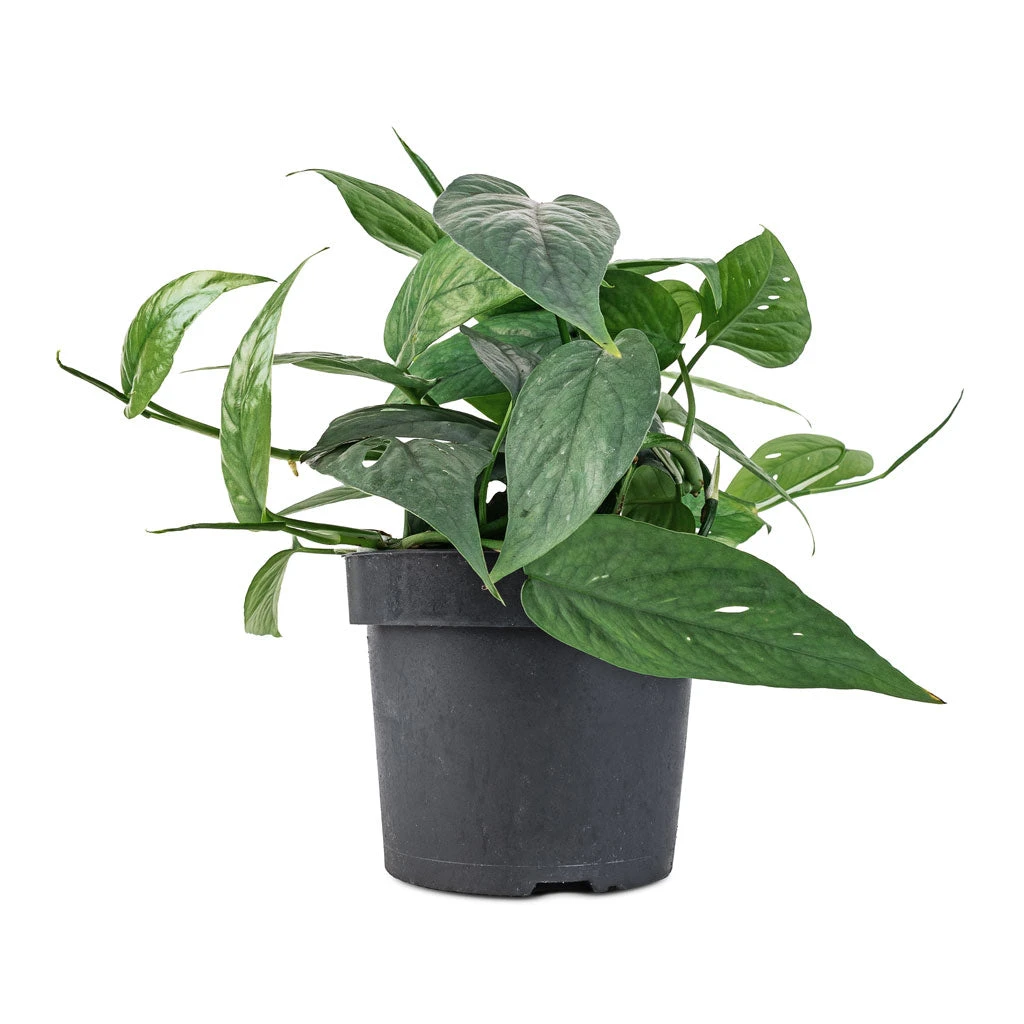

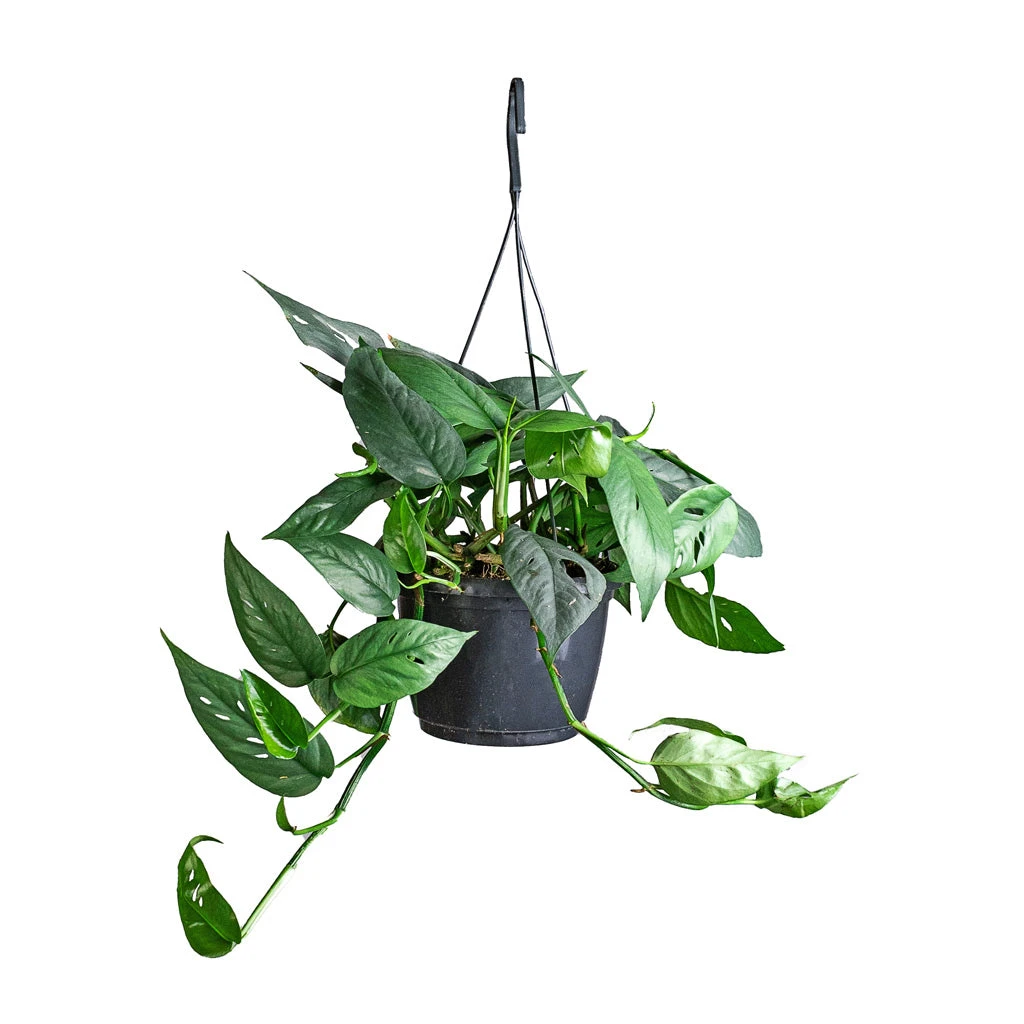


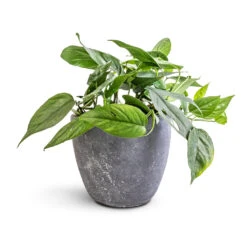
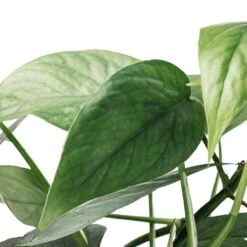
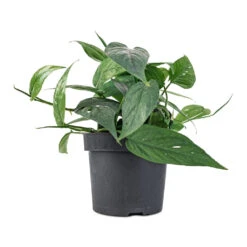
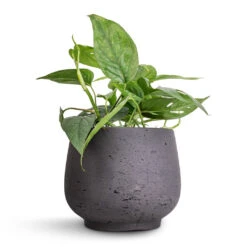
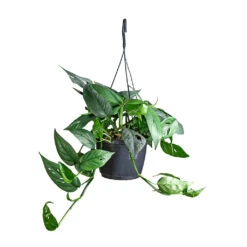

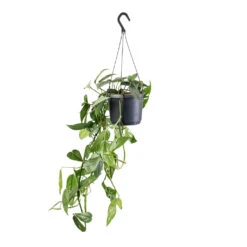


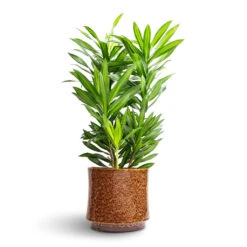
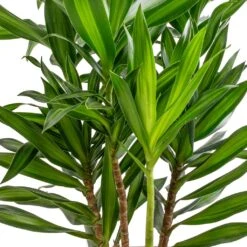
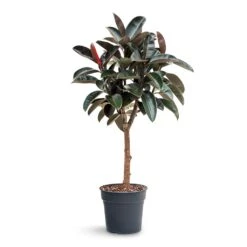


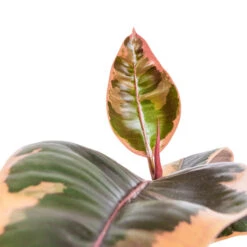
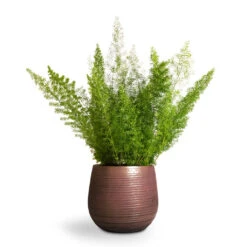




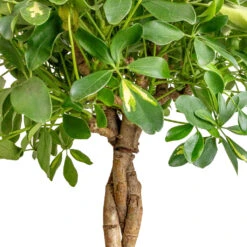
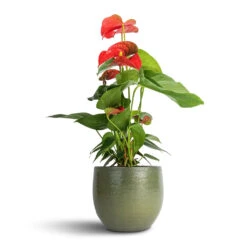
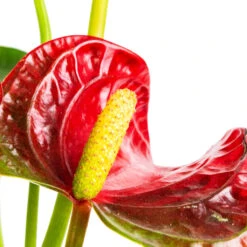
Reviews
There are no reviews yet.